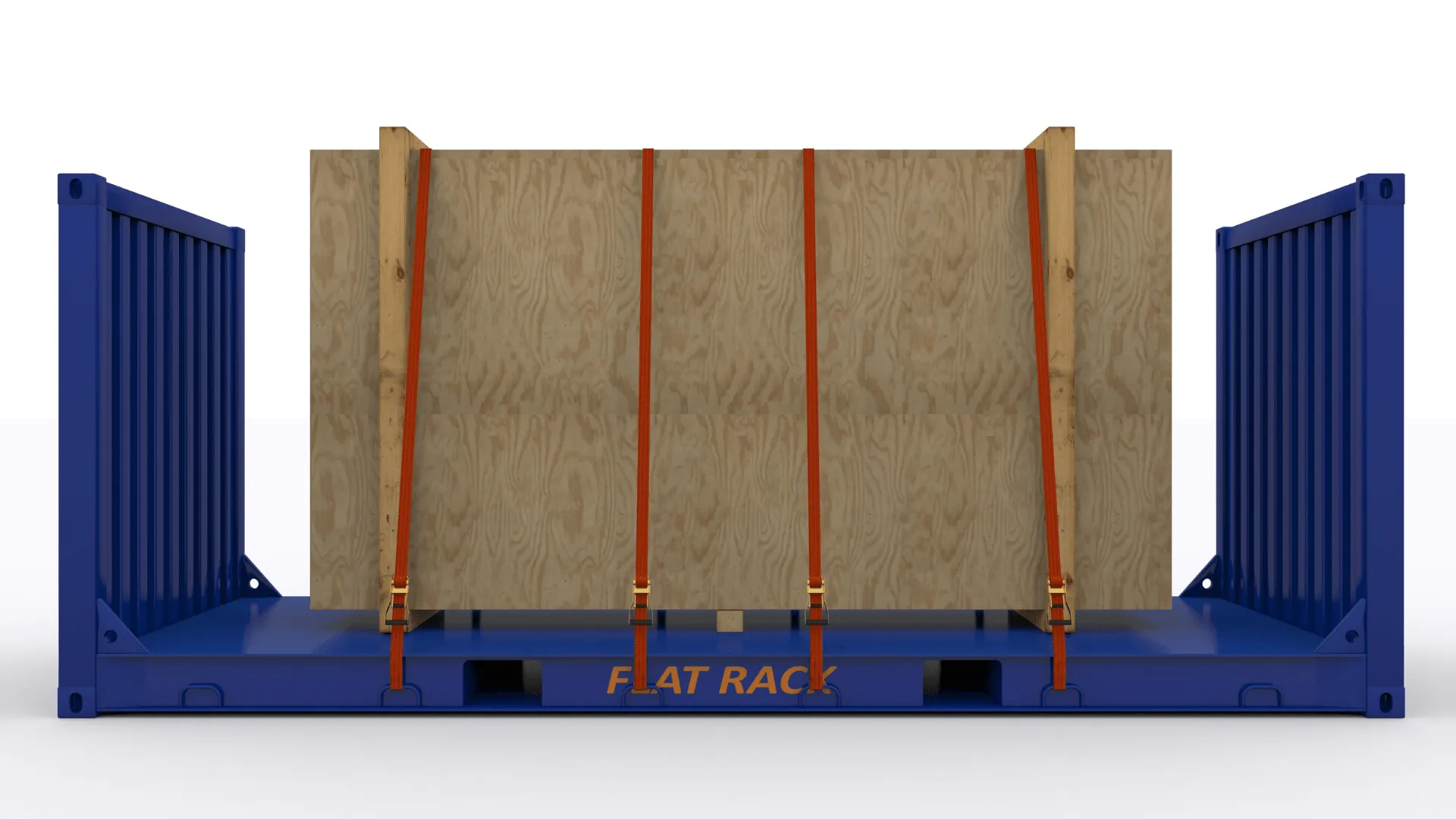What is the suitable container for your cargo?
You wouldn’t run a marathon in shoes that don't fit, right? Containers are like that; you need the right type and size for your cargo.
There are many different types of containers out there and it may get confusing. So, let’s talk about the most common types of containers and which is the best fit for your cargo.
Standard
Used for general purposes, it is the most cost-effective choice for any cargo that fits inside. You can fill it up with electronics, coils of steel wire, food, furniture, automobiles—if you can load it and close the doors, you’re ready to go.
The standard container comes in 40-foot and 20-foot versions; it is water-tight, protecting cargo against saltwater, rain and snow. Keep in mind that even though it’s enclosed, the load can shift around in ways that cause a mess when someone opens the doors at the destination. To avoid any damages, you need to secure the cargo correctly inside.
20’MAX CARGO WEIGHT: 22830 Kg
40’MAX CARGO WEIGHT: 26700 Kg
High Cube
Like a standard container, but taller. High cube containers are much in demand because of the extra height. They are, for the most part, 40' long but are sometimes made as 45'.
40' MAX CARGO WEIGHT: 26.460 Kg
45' MAX CARGO WEIGHT: 27.700 kg
Open Top
They are used for shipping goods that are too heavy, making them difficult to be loaded sideways and need to be loaded from above by a crane. The items can be loaded right into the container from the end and then covered with a tarp.
Loading and unloading these containers is much easier than loading a standard container. Open-top containers are also used extensively to remove waste items or bulk recycling products.
20’ MAX CARGO WEIGHT: 30.480Kg
40’ MAX CARGO WEIGHT: 26.670Kg
Tunnel
A tunnel container makes much easier to stuff and strip than a standard single-door unit. Tunnel containers are the perfect solution when you need your goods to be loaded and unloaded swiftly.
Open Side
Like tunnel containers, the design of open side units facilitates loading and unloading. Instead of having doors at the ends, one entire side of the container is hinged in four places, providing access along the entire length of the unit. This type is great for forklifts when they will load, or unload goods packed on pallets.
Tank
Tank containers comprise a cylindrical tank constructed of steel or similar corrosion-resistant material housed in a steel frame. The frame is the exact dimension of a standard container so that the tank container can be stacked with any other container in a terminal. It must be at least 80% full to prevent dangerous surging of the liquids in transit. On the other hand, they must not, as a rule, be over 95% full, or there will not be sufficient space for thermal expansion.
Tank containers are used for liquid cargoes, such as:
Foodstuffs: fruit juices, spirits, sweet oils
Chemicals: hazardous materials, such as fuels, toxic substances, corrosion protection agents
MAX CARGO WEIGHT: 26290 Kg
Refrigerated
These are also identical to a standard container but are fitted with insulation and refrigerator units to keep a certain temperature range during shipment and storage. Normally the temperatures are above or below freezing point. These goods are principally meat and dairy products.
20’ MAX CARGO WEIGHT: 21450 Kg
40’ MAX CARGO WEIGHT: 26630 Kg
Flatrack
This type of container is for transporting heavy and Out of Gauge cargoes. For example, if you are shipping construction materials or industrial equipment. The end walls are stable enough to allow shipment to be secured and be stacked on top of one another.
20’ MAX CARGO WEIGHT: 21500 Kg
40’ MAX CARGO WEIGHT: 40800 Kg
Containers are also known by the definition of TEU and FEU
TEU means a twenty-foot equivalent unit, which is a shipping container whose internal dimensions measure about 20 feet long, 8 feet wide, and 8 feet tall. It can carry between 9 and 11 pallets, depending on whether they are standard pallets or EUR-pallets. Two TEUs have the capacity of a single FEU.
FEU means a forty-foot equivalent unit, which is a shipping container whose internal dimensions measure about 40 feet long, 8 feet wide, and 8 feet tall. It can carry between 20 and 24 pallets, depending on whether they are standard pallets or EUR-pallets.
You can use non-standard boxes only if a standard one does not work, even after some attempts to work with alternative packing, blocking/bracing and load/discharge solutions all won't allow for a standard box, you would opt for one of the other types.
Before you decide what type of container to use:
Measure your load precisely.
Don't wait until the container arrives to find out your shipment won't fit inside.
Talk with an expert to help you choose the suitable container for your cargo.
Want to know more about stuffing cargo inside a container and keeping the quality of your goods?
Read our quick guide here.




